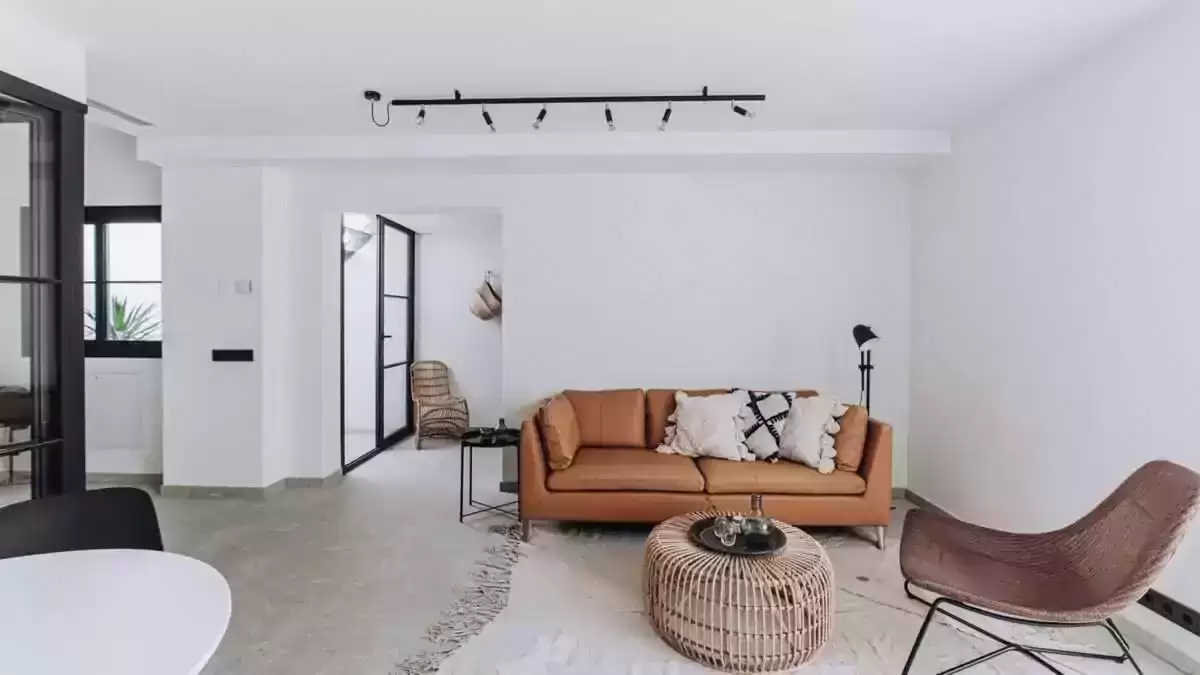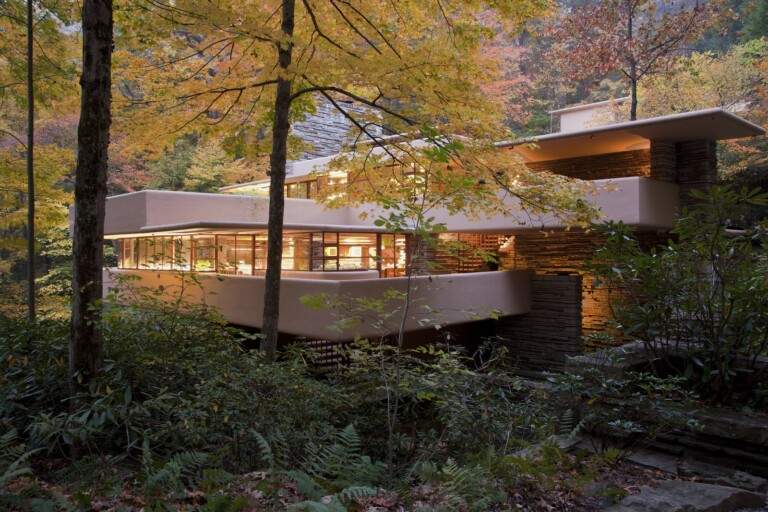Types of Urban Blocks: How A City is Developed Using Various Typologies?
While walking down the streets, have you ever thought about who designed this entire town? Who’s the mind behind the development and architecture of this city? Many of us enjoy looking at beautiful buildings and megalithic architects, but only a few think about the technical aspects of it. Types of Urban Blocks: How A City is Developed Using Various Typologies?
You may not have paid attention, but every town or city has a basic design and it is developed with proper planning. They are made of blocks, and these blocks are distribute in residential homes, commercial buildings, and government institutes.
A single block is known as a city block, residential block, urban block, or simply block. It is a central element of urban planning and urban design.
Today in this blog, we’re going to tell you about the urban blocks, which are the essential elements of the city, and how new urban plans and models are developed. We have also described the various typologies of urban blocks and various famous examples of urban projects.
In these projects, the urban block was the key element of design, and later it was evaluating, drawn from the traditional city to the post-modernist city. So keep on reading to know more about how urban blocks are used to occupy the city in various ways.
What are Urban Blocks?
The single urban block or city block is made from a small group of buildings that are surrounded by streets, excluding any type of thoroughfare within the area of a building or comparable structure.
These city blocks have space all together for buildings within the city’s street pattern, and they also form the basic unit of a city’s urban fabric. These urban blocks are later subdivided into any number of smaller land lots for the construction of buildings. These land lots usually have private ownership; however, there are also other forms of tenure.
Construction Of Urban Blocks
The urban blocks are constructed with varying degrees so that they all form the physical containers or ‘street walls’ of public space. Nowadays, according to the current views on urban design and its expectations over the centuries, this morphological element has been shaped.
Now, the block may consist of a single building structure or an area with several buildings of various shapes and sizes. It also includes the detached structures surrounded by nature or intricate labyrinths.
The best example of urban blocks that you can see in the many pre-industrial cores of cities in Europe, Asia, and the Middle East. The traditional or older blocks have irregularly shaped street patterns and urban blocks, while nowadays major cities are based on grids and have much more regular arrangements.
However, no matter what the composition is, an urban block will be the basic unit of a city’s urban fabric and always plays an essential role in mediating between the public and private spheres.
Different Typologies of Urban Blocks
Here are some typologies of urban blocks, which are explain by some famous examples of cities. You can look at the aerial pictures and understand each typology.
Traditional Block
A traditional block is an urban organism that is slowly and gradually developing over a long period of time. You can easily characterize traditional blocks by a large, dense, and uniform mass. This later results in a disproportionate relationship between the built environment and the open spaces.
These blocks are generally formed according to the space that is left from the street pattern; hence they can be found in various shapes and sizes. This type of construction creates an urban architecture that is restricted to the front facade, and this may or may not have more regular arrangements and sizes, as seen in Haussmann’s emblematic renovation of Paris.
Here are some of the best examples of traditional block system in various parts of the world:
1. Toledo, Spain

Source: adsttc.com
2. Paris, France

Source: redd.it
3. Athens, Greece

Source: adsttc.com
4. Belo Horizonte, Brazil

Source: pinimg.com
Cerda’s Plan for Barcelona
Barcelona has different urban planning from all the other cities because Ildefons Cerda had introduced a new and remarkable typology. He tried to establish a new relationship between buildings and streets. His typology includes and acknowledges the advantages of the grid pattern in terms of circulation, topology, and construction. This results in a 113m by 113m square module with a 20m chamfer.
You’ll be surprised to know that this specific typology sets a milestone in the history of urbanism! How? From now onwards, the block is not just a collateral feature; it has become the main element of urban composition and structure.
However, this plan was not completely implement; rather, it was only focuse on the road network. The original plan included blocks with an inner open area intended for public parks and amenities. This area was about 1/3 of the total surface area, but this space was massively occupied by buildings as the years passed.
Here are some examples of Cerda’s Plan:
1. Barcelona, Spain

Source: adsttc.com
2. Valencia, Spain

Source: redd.it
Perimeter Block
In simple words, a perimeter block is a types of urban blocks that are build in such a way so that it covers or surrounds a specific area from all sides. This empty central space is semi-private for the people.
These perimeter blocks may contain a mixture of uses, with commercial or retail functions on the ground floor. Though Cerda’s plan was not thoroughly follow and execute, it inspire perimeter blocks’ development.
You can see that perimeter blocks are a key component of many European cities. They become an urban form in which very high urban densities can be achieve without high-rise buildings.
Here are the perfect example of perimeter blocks:
1. Amsterdam, Netherlands

Source: adsttc.com
If you want to see a great example of this type of block, look at the city of Amsterdam. According to Figueroa (2016), a new hierarchy of streets and urban spaces was establish even though there are some harmful consequences of the road system.
The reason behind this is that there are many corners and the inner courtyards are present, which were first started as private gardens and later became public spaces, increasing the permeability of the block.
2. Vienna, Austria

Source: datocms-assets.com
3. Stockholm, Sweden

Source: pinimg.com
Open Block
An open block is a hybrid element that serves as the best of both worlds because it brings together the value of the traditional street and corner and also respects the autonomy of different types of buildings. Isn’t it great?
The biggest benefit of this combination is that it provides more natural lighting and ventilation to the buildings. This composition also creates a more pedestrian-friendly environment with pathways crossing through the blocks, which ultimately blur the line between public and private.
Here are some of the remarkable examples of open block:
1. Berlin, Germany

Source: datocms-assets.com
Megastructures
The next type of typology in urban blocks is the urban megastructures. It is quite surprising that even though this block belongs to colossal structures and technology, it can still be seen in development in the1980s.
Below are some of the most amazing and luxury resort complexes that are the ideal of this typology. This creates an artificial topography providing different urban perceptions. Take a look at them:
1. Awaza, Turkmenistan

Source: pinimg.com
2. Googleplex, California

Source: pinimg.com
New Urbanism
To overcome the modernist schematism of city planning, a new type of typology movement emerged in the 1960s. This urbanism features many things, such as walkable neighborhoods that contain a wide range of housing and job types.
This urban design focuses more on the integration between nature and the built environment. It also encourages the development of green areas and public parks. You can see this characteristic everywhere because it is reflect in the organic design of the urban layout.
Here are some of the ideal examples of new urbanism:
Types of Urban Blocks: How A City is Developed Using Various Typologies?
1. Copenhagen, Denmark

Source: adsttc.com
2. Dubai, United Arab Emirates

Source: adsttc.com

Source: henriquezpartners.com
The Bottom Line
So your city belongs to which type of typology? Every typology or urban block is unique in itself, and the new generation always gets some learnings from the previous one. Only because of well-planned and maintain blocks we’re living in a better society, environment.
So, this is all about the Urban blocks and different ways of occupying a city. I hope you liked this blog, and don’t forget to share this blog with your family and friends.
If you want to know more about unique and unusual architecture located at various places, read our previous blogs such as Different Types Of Architecture , 20+ Popular Types Of Houses, and many more.
Types of Urban Blocks: How A City is Developed Using Various Typologies?
Design of a new headquarters for the Museum of the Chinese in America in Manhattan







